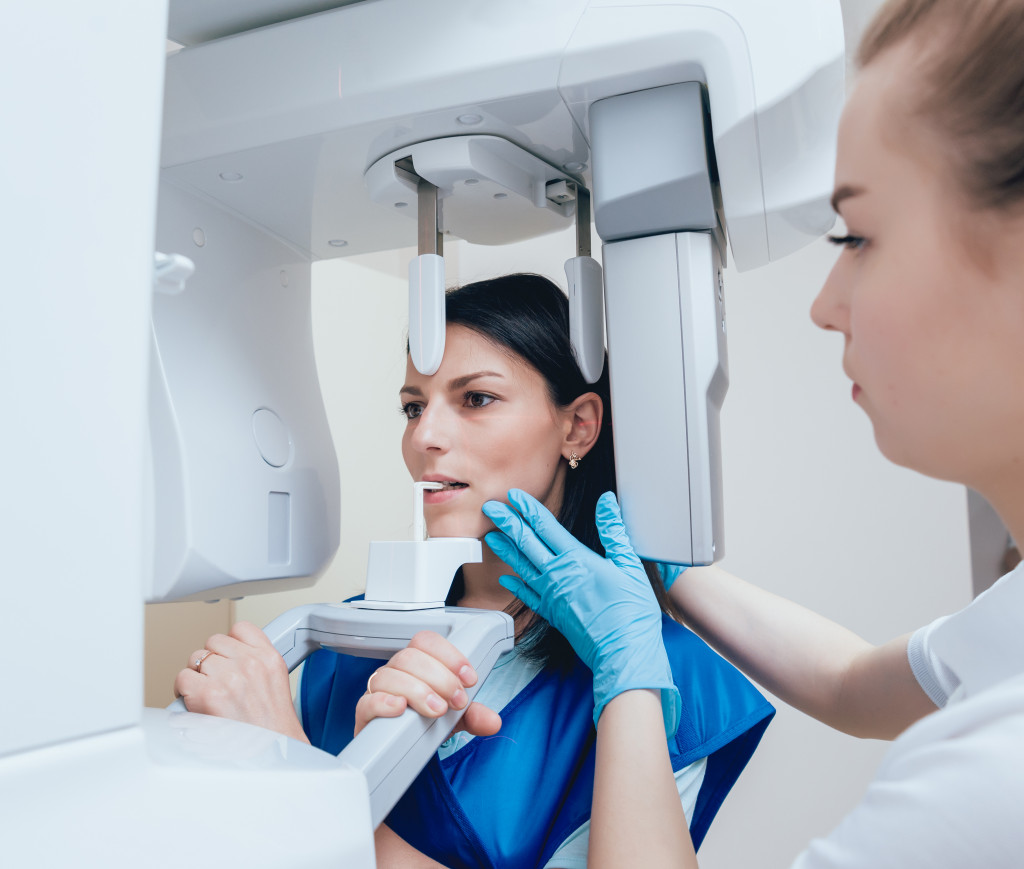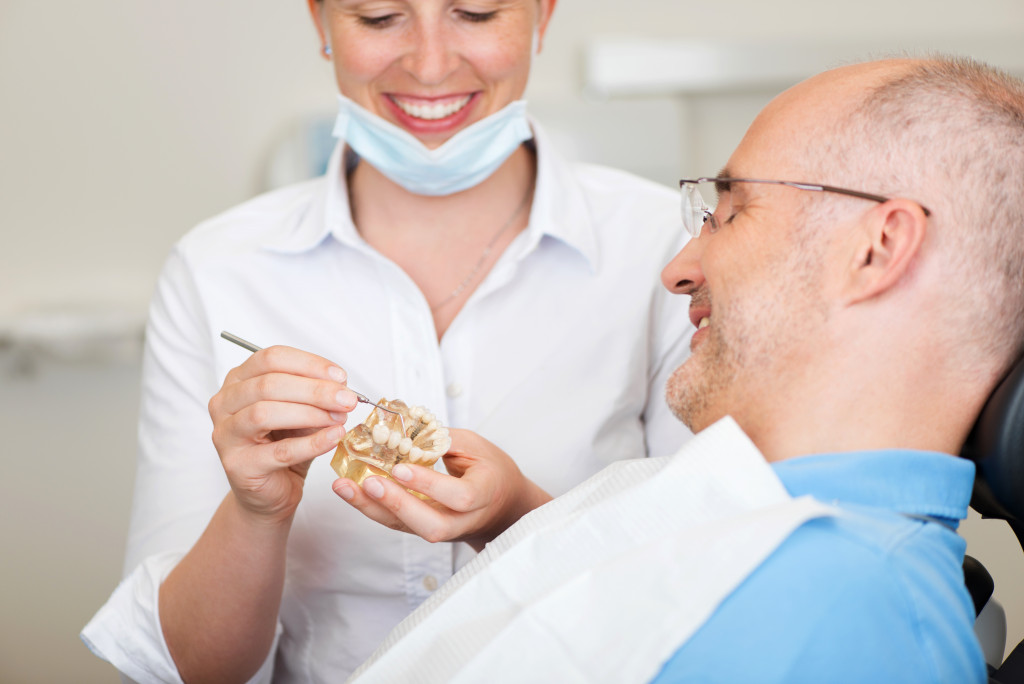- Modern dentistry offers innovative technology and techniques that make dental procedures more effective and enjoyable.
- Orthodontic appliances can correct dental malocclusions and prevent teeth from shifting out of place.
- The use of digital imaging allows dentists to diagnose and treat patients more precisely.
- Laser dentistry is a minimally-invasive dental treatment that can help provide effective results.
Modern dentistry has seen significant advancements over the years, bringing about an array of innovative technologies and techniques that have made dental procedures more comfortable and convenient for patients. This blog post will explore some of these advancements and how they have made dental care more efficient, effective, and enjoyable.
Orthodontic Appliances
Orthodontic appliances correct dental malocclusions such as crooked teeth, underbites, overbites, and crossbites. Depending on the patient’s needs, these appliances can be fixed or removable. Today, many dental practices offer custom-made orthodontic appliances that are more comfortable, less intrusive, and easier to maintain than traditional braces.
Distalizers
Distalizers are a type of orthodontic appliance that help move the upper molars backward to create more space in the mouth. This extra space can be helpful in cases where a patient’s teeth are overcrowded, allowing for better alignment of the teeth. Several distalizers are available, including the Pendulum appliance and the Carriere Distalizer. These appliances effectively create space in the mouth, reducing the need for extractions.
Space Maintainers
This orthodontic appliance holds space in the mouth, preventing teeth from shifting out of place. It is essential in cases where a child has lost a baby tooth prematurely, as the surrounding teeth may shift to fill the gap, causing problems with alignment in the future. Space maintainers can be custom-made for each patient and fixed or removable.
Digital Imaging
Digital imaging has revolutionized dentistry, allowing for more accurate diagnoses and treatment planning. This technology uses computerized images to create detailed 3D models of the teeth and jaw, which can be used to create customized treatment plans for each patient. When combined with other technologies, digital imaging allows dentists to provide more precise treatments.

Intraoral Scanners
These scanners are a digital imaging technology that allows dentists to capture detailed images of the inside of a patient’s mouth. These images can create digital impressions of the teeth, which can help make customized restorations such as crowns, bridges, and veneers. Intraoral scanners eliminate the need for traditional dental images, which can be messy and uncomfortable for patients.
Cone Beam CT Scanners
Cone beam CT scanners are another digital imaging technology that provides detailed 3D images of the teeth, jaw, and surrounding structures. This technology is beneficial in cases where a patient requires dental implants, as it allows for more accurate planning and placement of the implant. The implant is placed precisely during the procedure and can be customized according to the patient’s needs.
Laser Dentistry
This area of dentistry uses lasers to treat a wide range of dental conditions. This technology has several advantages over traditional dental tools, including reduced pain and swelling, minimal bleeding, and faster healing times.
Soft Tissue Lasers
These lasers treat gum disease, remove excess gum tissue, and perform biopsies. They can also reduce the symptoms of cold sores and canker sores. When used for periodontal treatment, soft tissue lasers can reduce pain and bleeding and help to preserve healthy gum tissue.
Hard Tissue Lasers
Hard tissue lasers treat cavities, prepare teeth for fillings, reshape teeth, and remove excess tooth structure. They can also be used in root canal therapy to remove benign jaw tumors. Compared to traditional dental tools, hard tissue lasers provide a more precise treatment with less discomfort.

Dental Implants
Dental implants are a popular and effective way to replace missing teeth. A dental implant is a small titanium post that is surgically implanted into the jawbone and then topped with a customized crown. Dental implants are now customized according to each patient’s unique needs to ensure the best possible outcome.
All-on-4 Implants
All-on-4 implants are a type of dental implant that allows an entire arch of teeth to be supported by only four implants. This technique can be a more cost-effective and efficient way to replace an entire arch of teeth than traditional implant methods. Using fewer implants, All-on-4 implants can reduce the time spent in treatment and help patients achieve a more natural-looking smile.
With so many advancements in dentistry, patients can now enjoy a more comfortable and effective way of maintaining their oral health. So, don’t delay — seek out the latest dental technology and enjoy a healthier, more confident smile!

